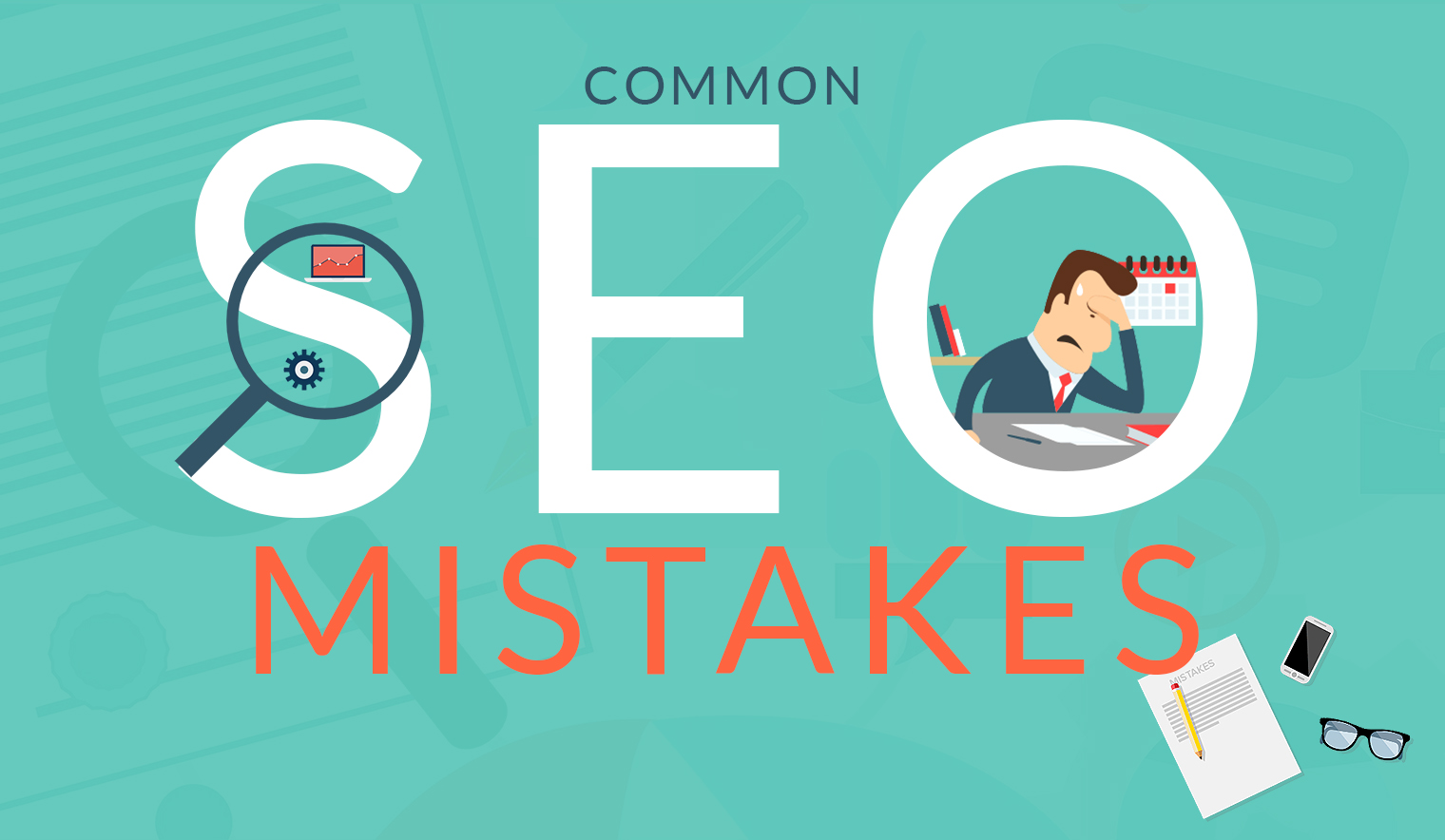From Genes to Keywords: Mastering SEO In The Life Sciences Realm


Mastering SEO (Search Engine Optimization) in the life sciences realm requires a comprehensive understanding of both SEO principles and the unique characteristics of the life sciences industry. While the fundamentals of SEO remain consistent across different domains, some specific strategies and considerations can help you optimize your website and content for better visibility and higher rankings in search engine results. Here are some key steps to mastering SEO in the life sciences realm:
Keyword Research: Perform thorough keyword research to find the terms and phrases your target audience is likely to search for. Consider the specific topics, diseases, research areas, or products related to life sciences that are relevant to your website or organization. Utilize keyword research apps such as Google Keyword Planner to find relevant keywords with reasonable search volumes and low competition.
On-Page Optimization: To stand out in life sciences marketing, improve your website’s on-page elements to improve its visibility to search engines. This includes optimizing headers (H1, H2), Meta description title tags, etc., plus URL structures. Include your target keywords naturally within these elements while ensuring they accurately represent the content on each page.
Quality Content Creation: Develop high-quality content that caters to the needs and interests of your target audience. Life sciences content can include research articles, case studies, white papers, blog posts, and educational resources. Ensure your content marketing for life sciences is well-researched, comprehensive, and provides value to readers. Include important keywords throughout your content, but avoid keyword stuffing, which can negatively impact your rankings.
Link Building: Implement a link-building strategy to increase the authority and credibility of your website. Seek opportunities to acquire backlinks from reputable sources such as scientific journals, industry publications, educational institutions, and other authoritative websites in the life sciences field. Guest blogging and partnerships can help you acquire these valuable backlinks.
Mobile Optimization: With the surge of mobile devices for browsing, optimizing your website for mobile users is crucial. Ensure your website is responsive and mobile-friendly, providing a seamless experience across different screen sizes. Google considers mobile optimization as a ranking factor, so it is essential to prioritize this aspect.
Technical SEO: Pay attention to technical SEO aspects to ensure your website is crawlable and indexable by search engines. Hire custom seo for life sciences services,optimize your website’s loading speed, fix broken links, implement structured data markup (schema.org), create an XML sitemap, and improve overall website architecture. These technical optimizations can improve your website’s visibility and user experience.
Local SEO (if applicable):Optimize your website for local search if your life sciences organization operates in specific geographic areas or has local branches. This involves creating and optimizing your Google My Business profile, including accurate location information, hours of operation, and obtaining customer reviews.
User Experience and Engagement: Prioritize user experience by optimizing your website’s design, navigation, and overall usability. Engage your audience through interactive elements, clear calls-to-action, and easy-to-use contact forms. High user engagement metrics, such as low bounce rates and longer session durations, can positively influence your rankings.
Social Media Integration: Influence social media platforms to amplify the reach and visibility of your life sciences content. Promote your articles, research papers, and blog posts through social media channels, engage with your followers, and encourage social sharing. Social signals like likes, shares, and comments can indirectly impact your SEO efforts.
Monitoring and Analytics: Constantly monitor your site’s performance with analytics tools such as Google Analytics and Google Search Console. Track key metrics including organic traffic, keyword rankings, backlink profile, and user behavior. Use this data to identify areas for improvement and refine your SEO strategy over time.
Finally, SEO is an ongoing process that takes time to see significant results. Stay updated with the latest SEO trends, algorithm changes, and best practices in the life sciences industry to ensure your optimization efforts remain effective.











